Can’t tell the difference between a Garmin and a Greubel Forsey? Feeling lost every time you walk into a boutique? Just found our website and have no idea what’s going on? Worry no more – Here is a basic run-down of some of the things you’ll most commonly find in watches!
WatchAdvice has always been Australia’s most excellent hub for all things watches. However, it’s not lost on us that the watch culture here, while growing, is still very much in its infancy. Many times have I talked to friends, family, and significant others about the wonderful world of horology, and 99.9% of those times results in their eyes completely glazing over. I’m sure it’s not a new experience for us watch aficionados out there, which is why we often flock towards one another: Kindred spirits, united under a relatively niche interest.



But with any interest, the best part of having one is sharing it with others. Much like IT Crowd’s Street Countdown, the first rule is that you really must try and tell as many people as possible about it. The more people you tell about it, the better! But how can we make it interesting, if nobody else knows what we are talking about? So, while this article may seem trivial to those that know watches, the aim here is to talk to those who have no watches.
Is that you? Is your watch knowledge limited to mentions in rap songs, or sales in department stores? If so – Welcome to WatchAdvice! Stay a little while, and read on to figure out exactly what’s happening with these mini mechanical marvels. If you have any questions, queries, suggestions or even complaints, feel free to let us know in the comments below or on our Instagram page!
What Makes Up My Watch?
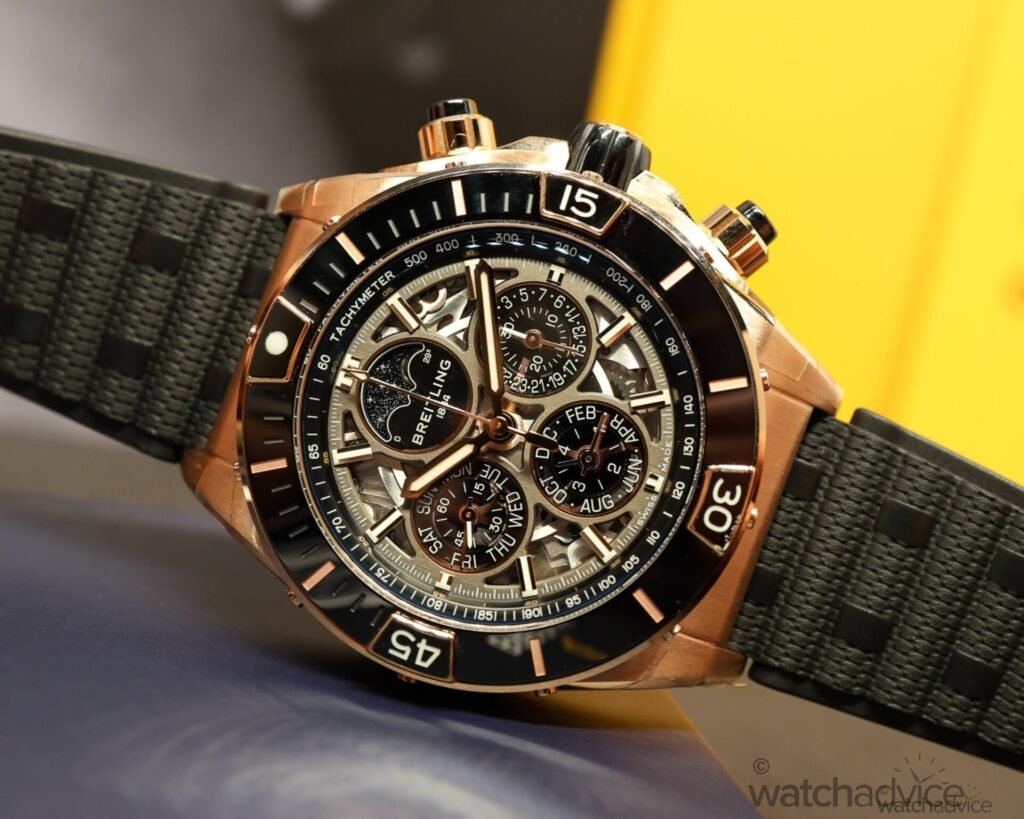
An important part of knowing what you’re looking at when it comes to watches is, well, knowing what makes up your watch! That’s why you should know some of the most basic terms of what exactly a watch is made up of. The main parts of a watch are the case and the accompanying band, usually a bracelet. Case and bracelet materials vary, but are typically made from metals and other robust materials. However, should the band of a watch be made from leather or other similarly pliable material, it is normally referred to as a strap. Bracelets can are usually complimented by a clasp, which folds and clicks shut. Straps have the option for clasps as well, but some brands can otherwise opt for a buckle similar to a belt.
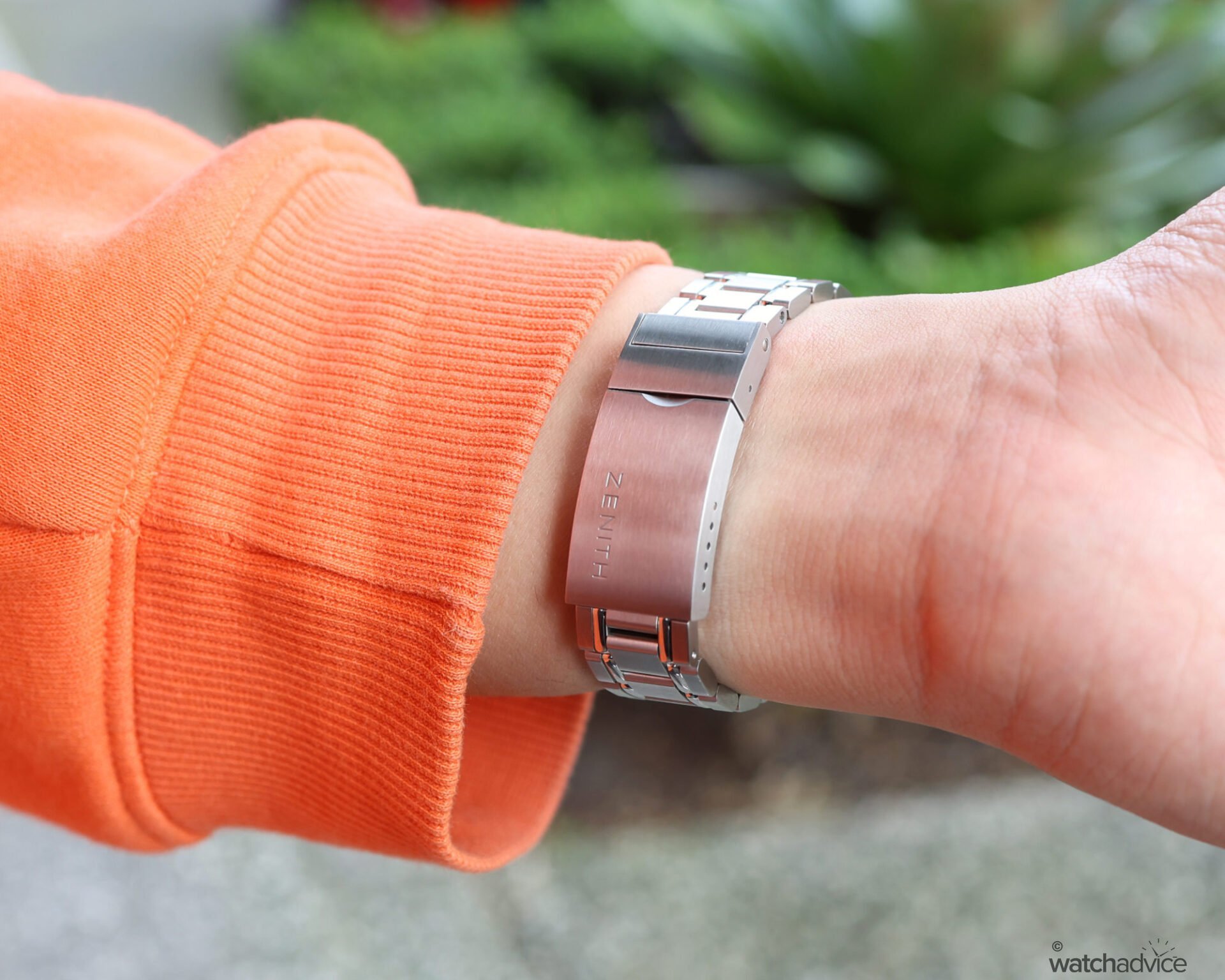
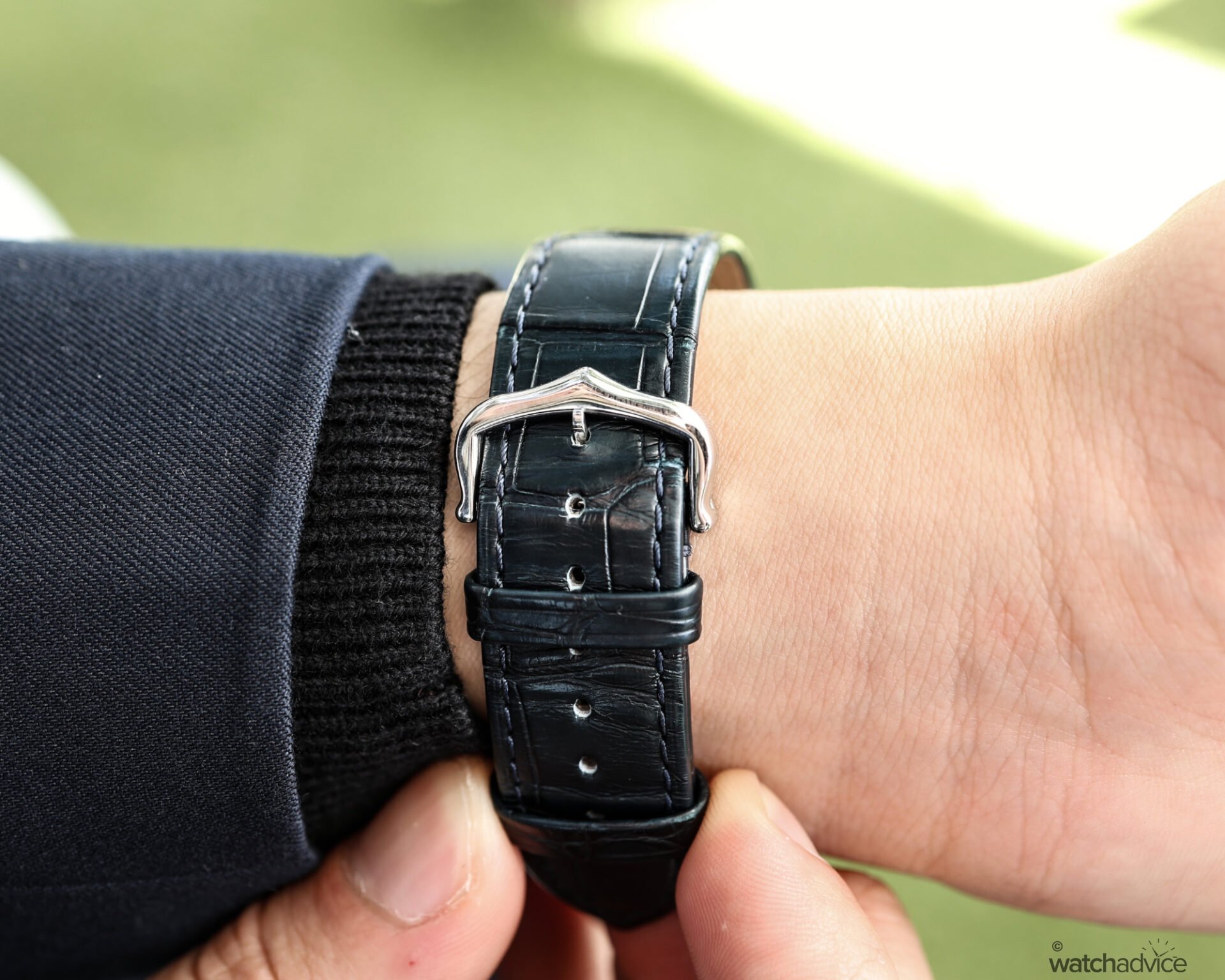
The case comprises all the important contents of the watch: The crown, normally found at 3 o’clock, is the usual ‘control centre’ for a watch, allowing most functions to be accessed; The four protrusions that extend from the case are called the lugs, though some call them horns; The periphery of the front of the watch is referred to as the bezel, which can possess multiple utilities; And the glass covering the front of a watch is called the crystal. Turning the watch around, you can see the case back of the watch, which can either be open (transparent via a rear-facing crystal) or closed (solid).
What’s On The Front of My Watch?
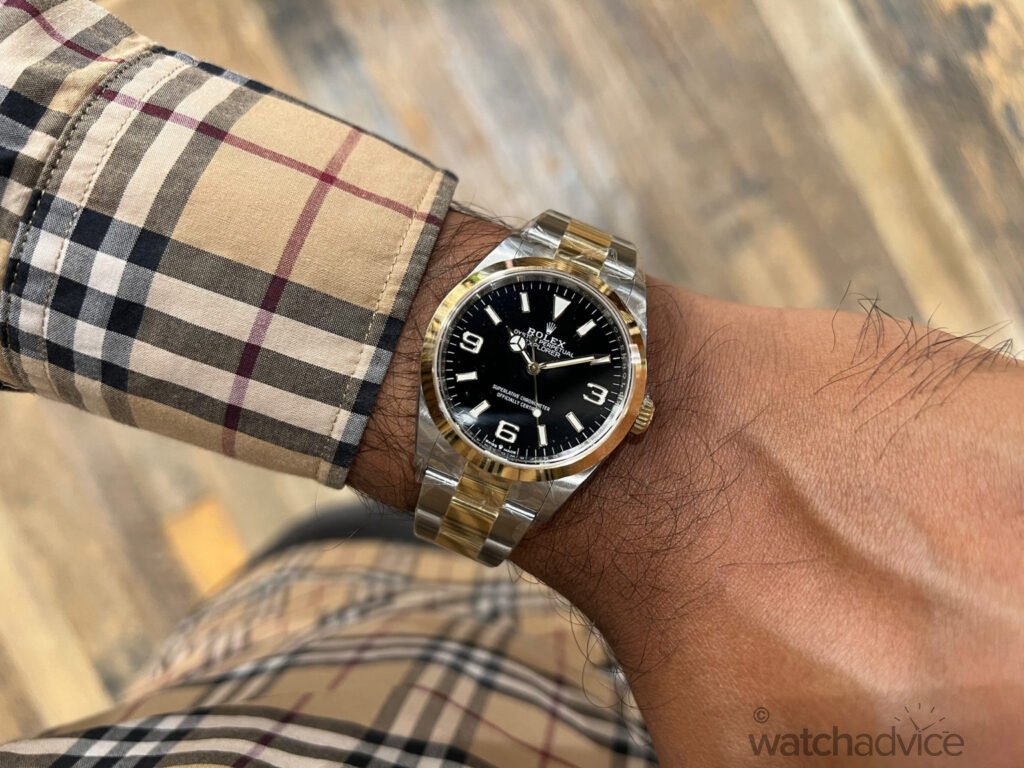
Even if you’ve no clue what exactly goes on with a wristwatch, I’m certain you know that they are essentially miniaturised clocks. The front of a watch is either called a dial or a face, and has hands that point to the time, accurate to the hours, minutes, and seconds. These are accompanied by indexes – or in some cases a set of numerals – that assist in time reading and setting. Simple enough, no? But sometimes, watches have a lot more going for them. If it’s a function that is separate from telling the time, they are usually called complications. While there are plenty of complications (and modified versions of them) out there, I’ll take you through four of the ones you’ll commonly find in the wild:
Chronograph

The above watch, a TAG Heuer Carrera model, is an example of a chronograph complication. A chronograph not only tells the time, but also has a stopwatch function built into it. You can start and stop the stopwatch with the upper button at 2 o’clock, and you can reset it with the lower button at 4 o’clock. Inside the face, there are three smaller dials inside. These are commonly called sub-dials, but some also call them registers. The one on the right side of the face can time up to 30 minutes at a time, and the one on the left can time up to 12 hours at a time. We go in-depth into the chronograph in a different article, so if you want to learn more, don’t be afraid to read below!
Related Reading: The Art Of Complications – Chronographs (With TAG Heuer)
Dates
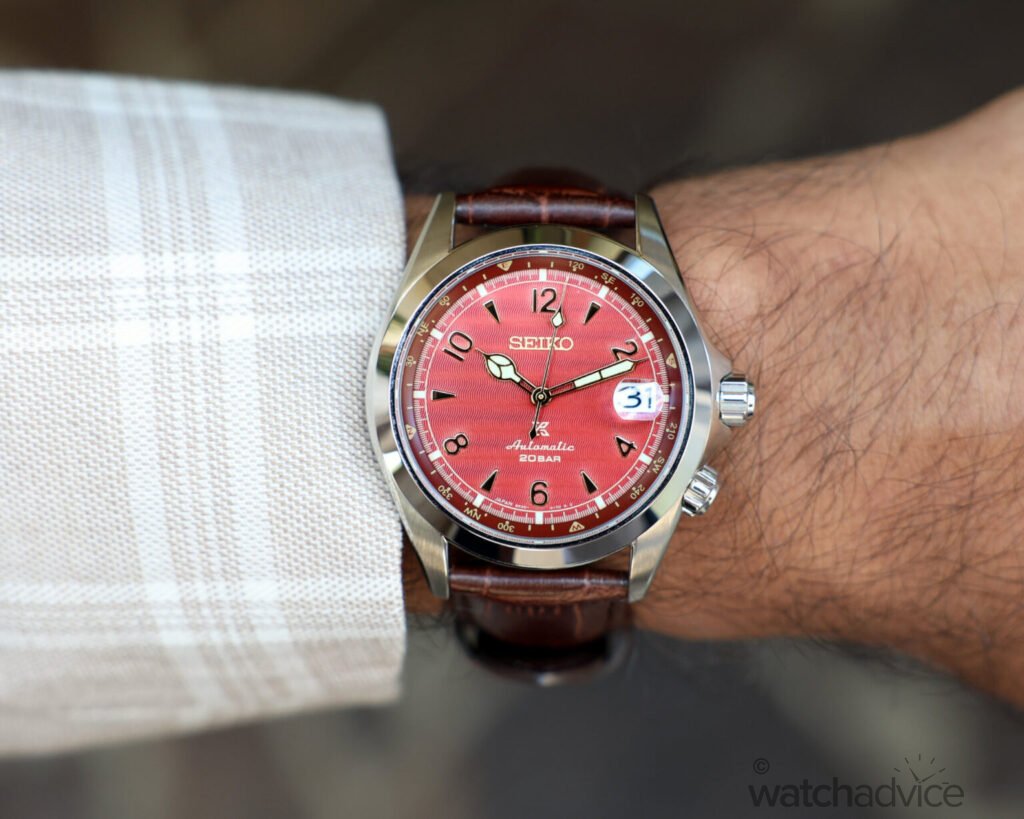
The most simple complication of all is a date window – a small display typically found at 3 or 6 o’clock that tells you the current date of the month. This will tick over at midnight every night, if there is power provided to the watch. Setting the date is different on every watch, but there is one golden rule to follow: Never try to change the date between 10 pm and 3am. Usually, the date function is already in motion between those times, so if you force the date to change, you may confuse the watch! While some brands have made their own fixes, it’s always best to follow when in doubt.
Calendars

While date windows are very basic contraptions, they can get complex very quickly. The above watch from Jaeger-LeCoultre (Just call them JLC, that’s what most people do) is an example of a calendar complication. Calendar watches are often known for displaying the date, day of the week, month and, in this case, even the year! Sometimes, they will be accompanied by a moonphase complication, which displays what stage of the moon will be occurring that night.
Related Reading: What Is A Moonphase Complication, And How Does It Work?
However, most calendar complications don’t take into account the 30-day months like November. That’s what an annual calendar does. But even then, it doesn’t take into account the leap-year day of February 29. That’s what a perpetual calendar does! The JLC watch shown above is an example of a perpetual calendar. While mechanical perpetual calendars like the JLC are definitely not cheap, this complication can also be found in more affordable pieces, notably Seiko and Citizen!
Related Reading: The Art of Complications – The Perpetual Calendar
GMTs
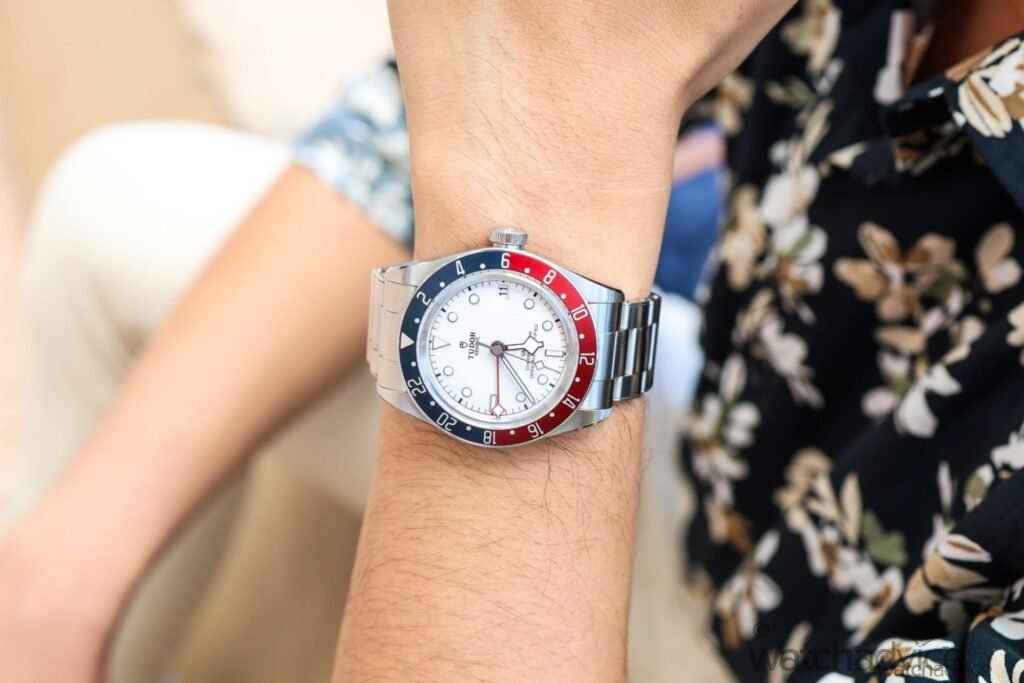
The last of the most common complications is the GMT. Named after Greenwich Mean Time, these watches have a fourth hand that allows the user to tell the time in two different locations at once! This fourth hand usually moves at half the speed of the hour hand, taking 24 hours to move around the dial instead of 12, and is usually supported by a 24-hour scale on the bezel or dial of the watch. In the above example – a Tudor Black Bay GMT – You can see the red-and-blue bezel with the 24-hour scale written on it, as well as the bright red fourth hand tracking the second timezone I’ve set it to.
One thing to keep in mind is that there are two different types of GMTs: Caller, which allows you to independently adjust the fourth hand to a timezone of your choosing; Or Flyer/Traveller, which allows you to independently adjust the hour hand instead. The Tudor Black Bay GMT you see above is an example of a Flyer/Traveller GMT. Sometimes, people call the Flyer/Traveller style the ‘True’ GMT, but that’s more born out of gatekeeping rather than any real functional superiority. A story for another time, perhaps?
Related Reading: The GMT. A Practical Function On A Daily Watch. But What Is It, And How Does It Work?
What’s Behind My Watch?
These days, watches are most commonly associated with wearable tech. Apple, Garmin, et cetera – these are all examples of what most people consider to be a watch. While that’s half true (they are called smartwatches for a reason), they differ greatly from a classic timepiece – and don’t nearly possess that X-factor that makes us fall in love with them so much. Aside from their utility, of course.
Related Reading: Why Do We Love Watches So Much?
But what’s behind these watches? Of course, the aforementioned case back, but these house the miniature engines that power our favourite wristband accessories. In the watch world, these are called movements, and they serve as the powerhouse of a watch. Movements can be separated into two types: Quartz and Mechanical.
Quartz

A battery-powered movement, which sends an electric signal to a quartz crystal. As a result, the crystal vibrates at a consistent – and incredibly fast – 32,678Hz (Hertz). The vibration is then regulated and causes the motor of the watch to move once per second. The iconic ‘tick’ as the second hand jumps from one spot to another is a dead giveaway when it comes to identifying if the watch in front of you is quartz or mechanical.
Because of the quartz movement’s ease of use, compounded with less moving parts, this movement is typically favoured inside more affordable timepieces. If micro-mechanics aren’t really your jam, or if you like wearing a watch that you can bash around, then a quartz movement is for you! If quartz appeals to you on more than just a practical level, though, there are plenty of high-accuracy, complex, and even solar renditions of the quartz watch out there!
Mechanical
Mechanical watches differ greatly from quartz watches in a number of ways. The greatest difference is in how they work: Unlike a quartz watch, mechanical watches rely on a mainspring for power. Contained in a barrel inside the movement, the mainspring is wound up tight by the crown, and slowly unwinds thanks to the help of a regulating organ called an escapement. Here, the watch ticks multiple times per second, resulting in a smoother ‘sweep’ around the dial. Mechanical watches don’t run nearly as long as quartz watches do, usually relying on several hours of power reserve based on the size of the mainspring. But, they don’t require that irksome battery replacement to get them operational again. Just wind the crown a few times, and you’re good to go!
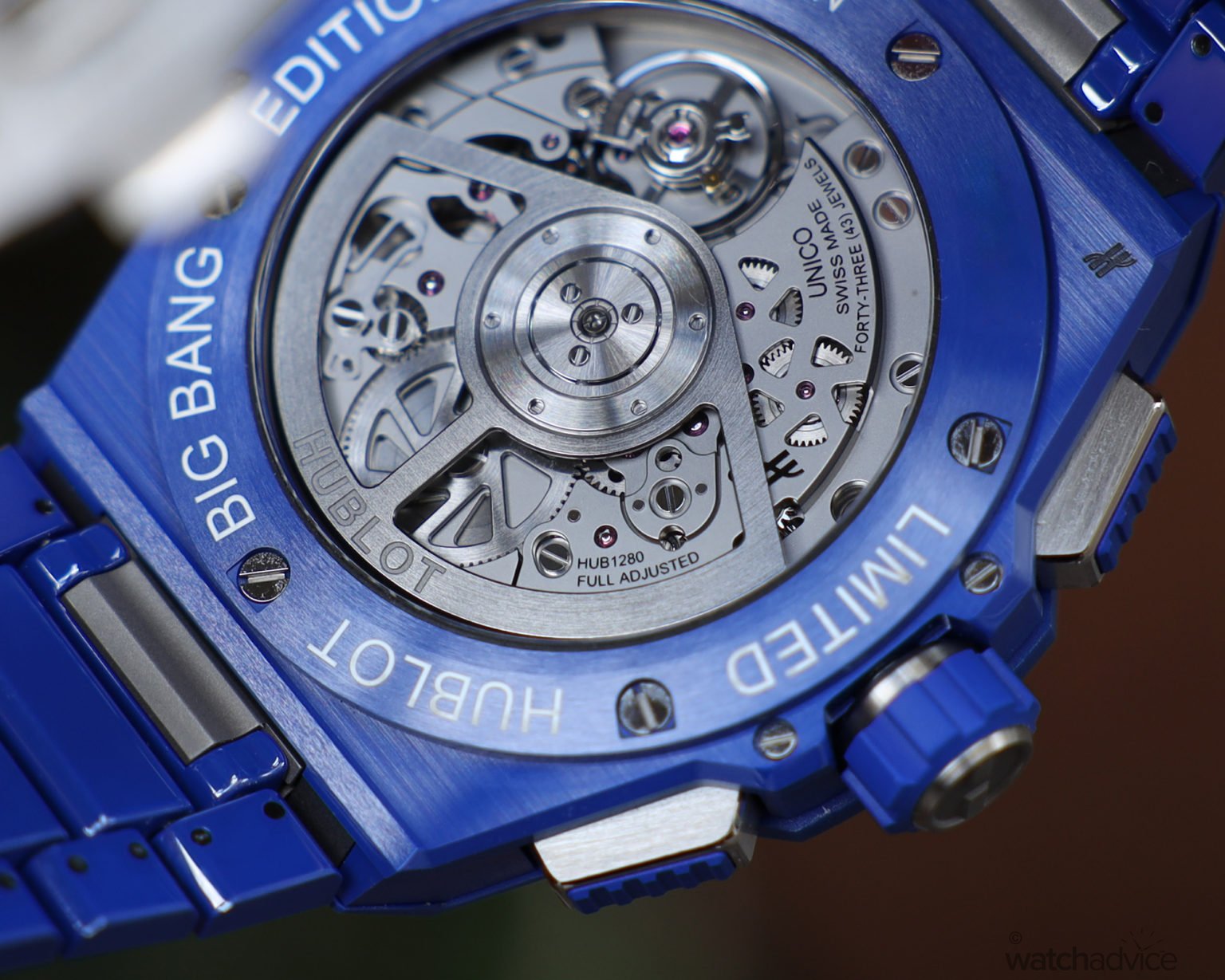
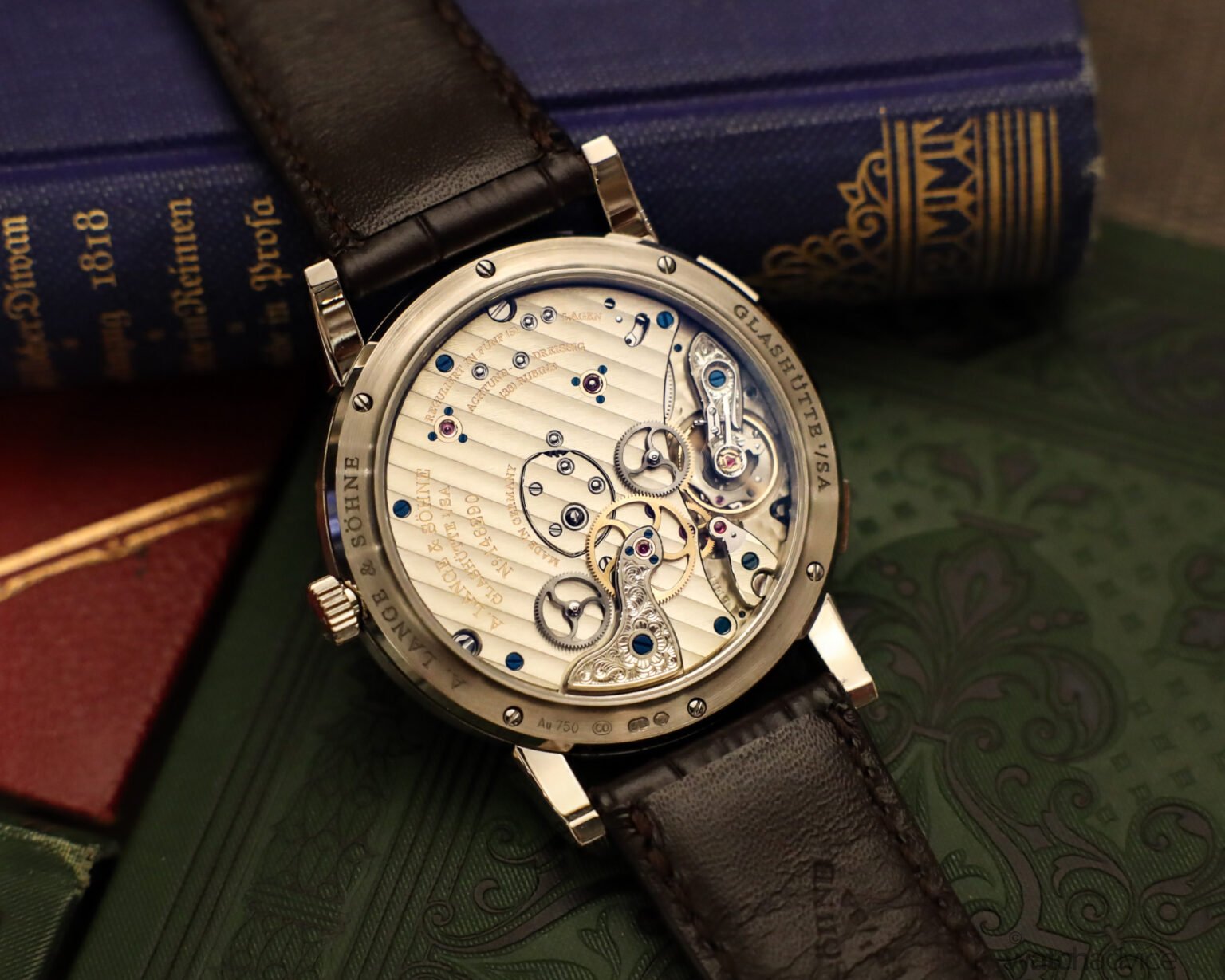
There are two separate classes of mechanical watch to consider here, though. The most common is called automatic, which contains a rotor that can help wind the watch based on the movement of your hand. The above Hublot Big Bang (Left) is an automatic watch, indicated by the Hublot-engraved rotor visible through the open case back. The A.Lange & Söhne Lange 1 (Right) also has a visible case back, but is an example of a manual mechanical movement. Unlike the Hublot, the movement of the Lange 1 is only able to be charge through the manual winding of the crown, eventually depleting itself and requiring winding again once it stops.
The Important Bits!
While the world of watches might seem daunting at first, don’t worry! Everyone has a learning curve to experience, and I’m sure I just threw plenty of terms at you that you might not be able to understand yet. However, here’s a summary of all the important bits you just read:
- Most watches are made up of a case and band, which is either a bracelet (metal, non-pliable material) or a strap (leather, pliable material). These are accompanied by a set of four lugs, a bezel, the crown, and a crystal. Case backs can be either open (transparent) or closed (solid).
- The dial/face of a watch can contain many complications: A chronograph, or stopwatch; a date window, or calendar; And a GMT, which can tell time in two timezones simultaneously.
- There are two types of watch movements that power a watch. Quartz movements are battery powered, and can be identified by their signature ‘tick’ once per second. Mechanical movements, on the other hand, require winding to operate. Manual movements are powered by winding only, but automatic movements have a rotor that can help wind the watch as you move with it.
I hope that, despite the heavy use of watch-related jargon, you were able to learn a great deal of the basics on what a watch is and how it works! If you’d like to learn more, do let us know – or feel free to click any of the other pieces that I have linked throughout this article! Happy reading!



